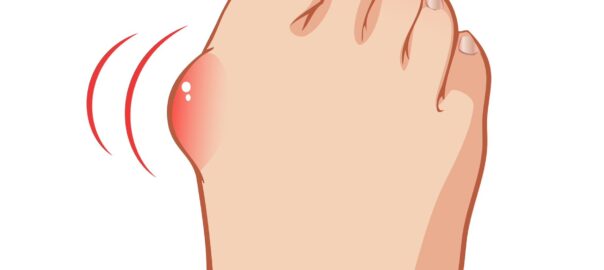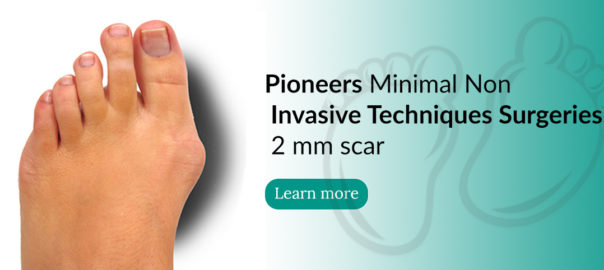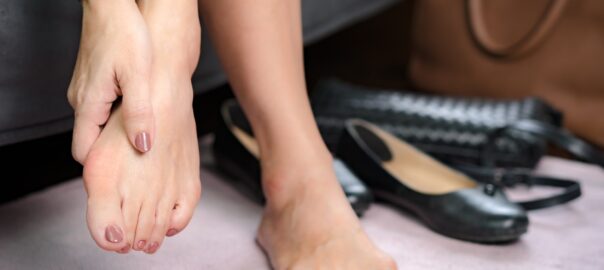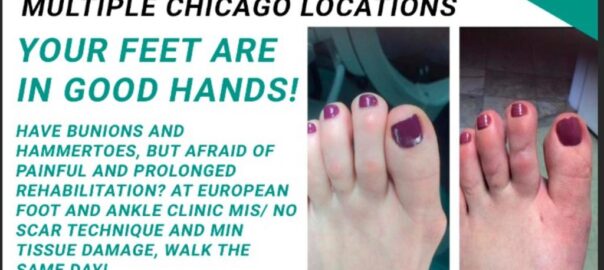What Is Minimally Invasive Foot Surgery?
Traditional foot and ankle surgical techniques involve large incisions, extensive dissection inside the foot or ankle, and internal devices such as pins and screws to correct foot aa variety of problems. Such procedures often involve significant recovery time, pain and discomfort, and the disruption of soft tissue inside the body. Simply put, traditional surgery is not a walk in the park.
Minimally invasive surgery (MIS), however, reduces or eliminates many of these unwelcome aspects of traditional surgery. MIS involves the use of specially designed surgical instruments and devices, along with an advanced imaging system called a fluoroscope, to see inside the body without having to make large incisions. Surgeons perform their procedures through extremely small ‘key-hole’ incisions in the foot or ankle.
Minimally invasive foot and ankle surgery uses smaller incisions, usually 2-3 millimeters long, to allow for faster recovery while effectively correcting deformities. This is a highly skilled technique that requires advanced foot and ankle training, specialized equipment and has been validated by many foot and ankle experts over the past 30 years.
Minimally invasive bunionectomy involves less pain, a faster recovery, and better cosmetic results due to the small incisions. Open surgery, however, is used if implant placement in the distracted joint is necessary, it’s a more powerful correction for very severe bunion deformities.
European Foot and Ankle Clinic is one of the pioneers in performing MIS techniques in successful correcting foot deformities. This advanced technique is utilized here by Dr Goshko and Dr Podolskiy since 2013.
Call to schedule an appointment: 773-205-0106
Read more at: https://europeanfootandankleclinic.com/service/minimally-invasive-bunion-surgery-treatment
We welcome patients from all over Chicago & Hammond IN including: 46320, 46324, 46323, 46406, 46404, 46312, 46327, 46321, 46402, 46408, 46409, 46403, 46405, 46375, 46311, 46373, 46373, 46303, 46304, 46301, 46307, 60657, 60638, 60614, 60622, 60645, 60639, 60630, 60634, 60532, 60525, 60527, 60558, 60559, 60555, 60554, 60552, 60455, 60457, 60549, 60805, 60803, 60623, 60629, 60622, 60625, 60629, 60620, 60623, 60651, 60639, 60641, 60618, 60610, 60614, 60613, 60611, 60304, 60305, 60301, 60302, 60303, 60316, 60607,60201, 60290, 60640, 60630, 60659, 60654, 60656, 60641, 60640, 60642, 60645, 60647, 60171, 60707, 60656, 60631, 60614, 60625, 60629, 60659, 60660, 60613, 60657, 60618, 60622, 60610, 60068.






